The Silicon Cycle: The Forgotten Silicified
Le cycle du silicium est une thématique historique du LEMAR qui possède une forte visibilité internationale grâce à notre implication dans les programmes et consortium internationaux comme BioGeoSCAPES, IMBER, IODP, GEOTRACES, OPALEO, PAGES et SILICAMICS. Nous avons développé une approche transdisciplinaire, incluant la chimie, la biogéochimie, la paléo-océanographie, la biochimie, la physiologie, la biologie et, nouvellement, la génomique. Nous utilisons par ailleurs différents outils expérimentaux et de modélisation et des approches multi-échelles, depuis des expériences au laboratoire qui permettent de mieux comprendre les processus influençant le cycle du Si jusqu’à de grandes campagnes internationales d’observation du milieu naturel. Le «Si-group» a initié en 2015 le cycle de conférences internationales SILICAMICS autour du rôle des organismes silicifiants dans le fonctionnement des écosystèmes marins et dans les cycles biogéochimiques océaniques. SILICAMICS s’est poursuivie au Canada en 2018, et une 3 ème édition est en préparation en Chine (2021). Suite à ces conférences, l’article de Nature Geoscience (Tréguer et al., 2018) combine les compétences d’experts en physique, biogéochimie, génomique et modélisation pour faire le point sur l’efficacité d’export des diatomées ; l’issue spéciale de Frontiers in Marine Science (Moriceau et al. 2019) rassemble 12 articles couvrant les thèmes de SILICAMICS et deux ANRs (BIOPSIS et RADICAL) ont vu le jour, mettant en évidence la nécessité de réévaluer le rôle des silicifiés oubliés dans le cycle du Si (voir AR2.2 CHIBIDO). Ces épisodes ont de plus été moteurs dans la création d’un consortium puis d’une école internationale et cours en ligne (Silica School) réunissant 31 instituts de recherche de 12 pays. De nombreux chercheurs invités régulièrement au LEMAR garantissent le dynamisme et la visibilité de cette thématique du LEMAR au niveau international.
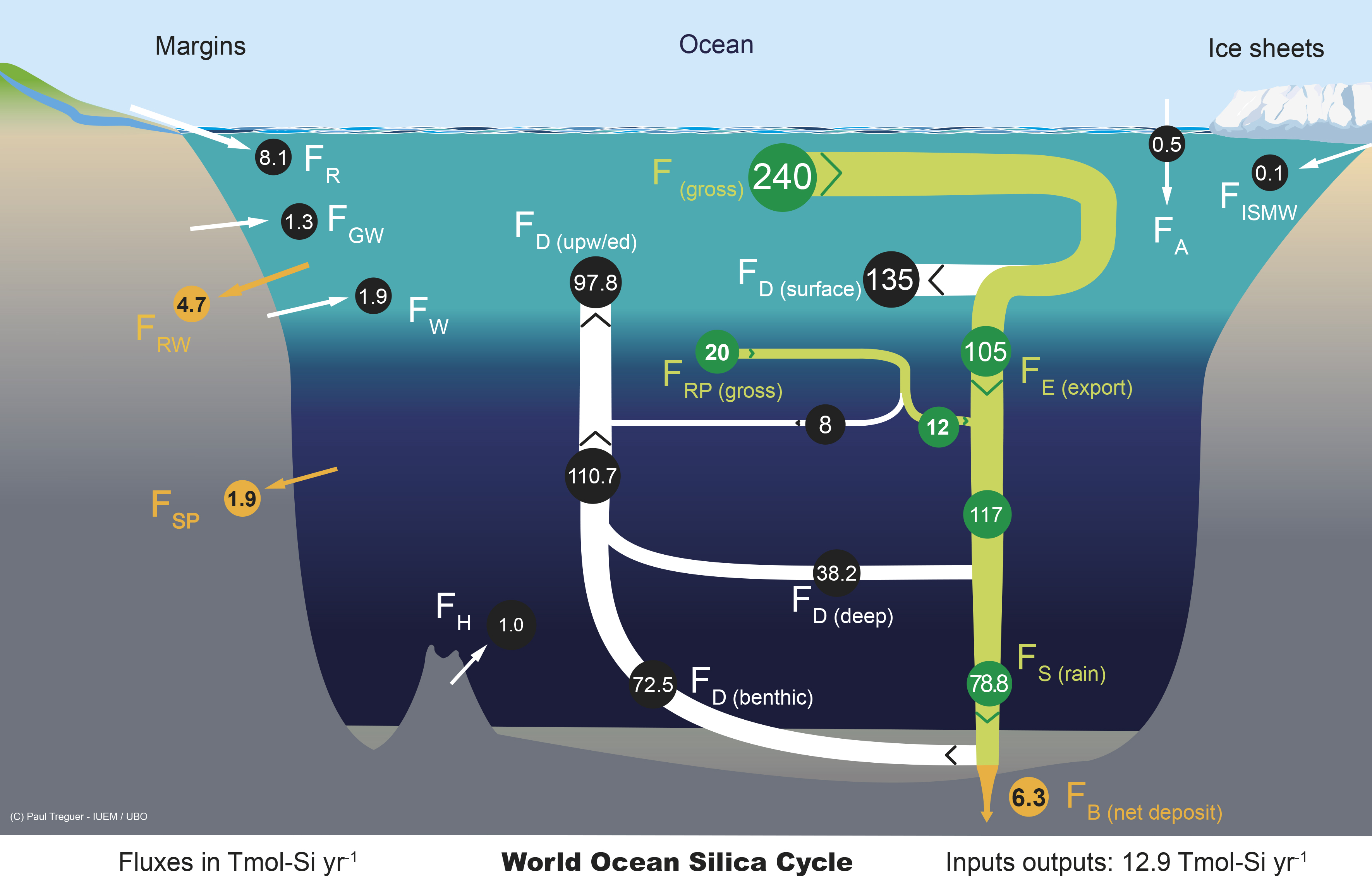
Pour en savoir plus :
Le cycle du silicium dans l’océan moderne : https://www-iuem.univ-brest.fr/cycle-du-silicium-dans-locean/
Research topic dans Frontiers in Marine Sciences: Biogeochemistry and Genomics of Silicification and Silicifiers

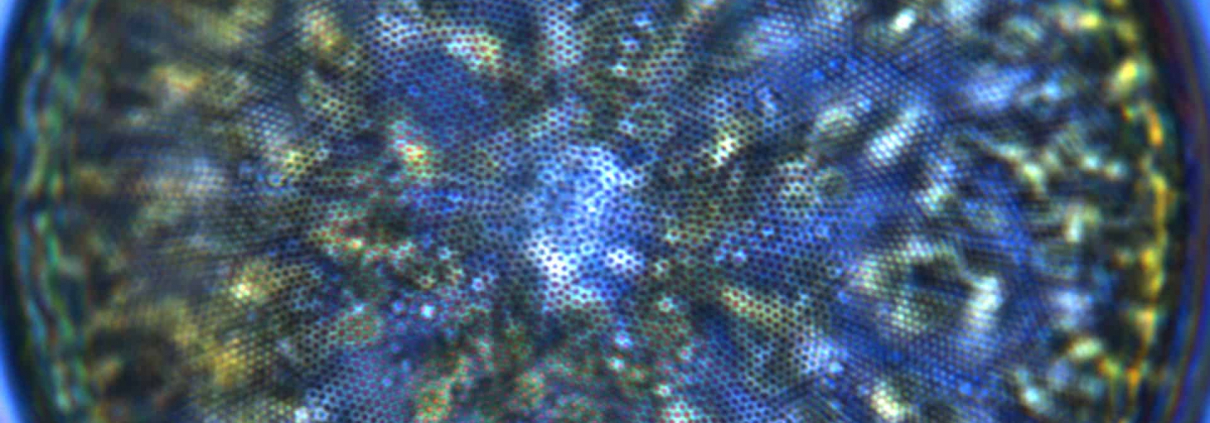
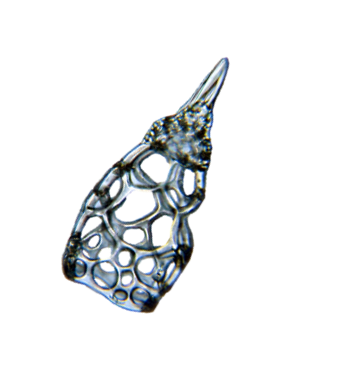
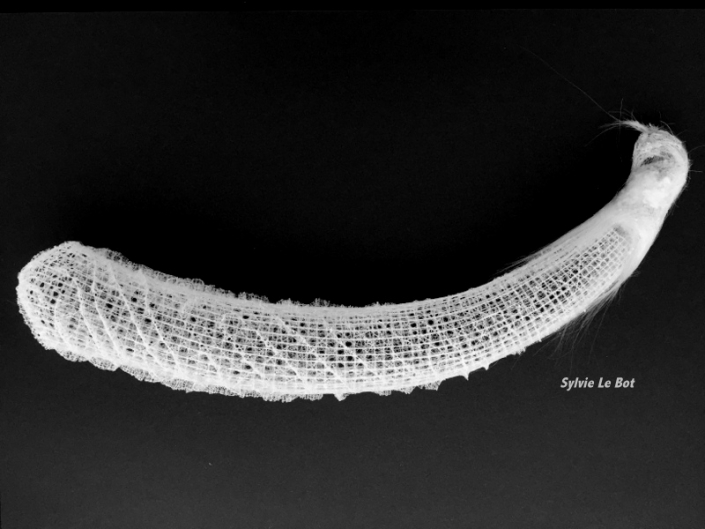

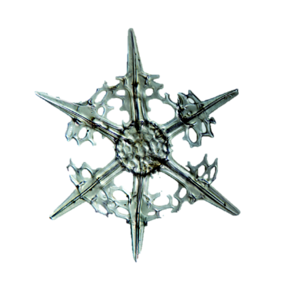
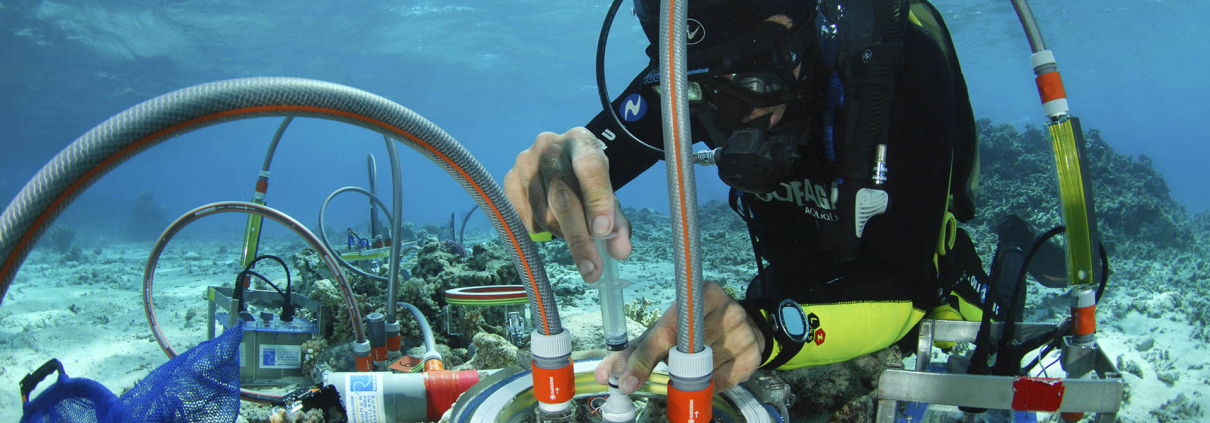
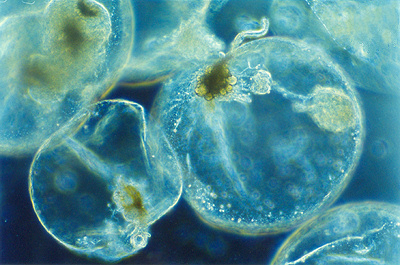 http://planktonnet.awi.de (provided under a Creative Commons Attribution 3.0 License)
http://planktonnet.awi.de (provided under a Creative Commons Attribution 3.0 License)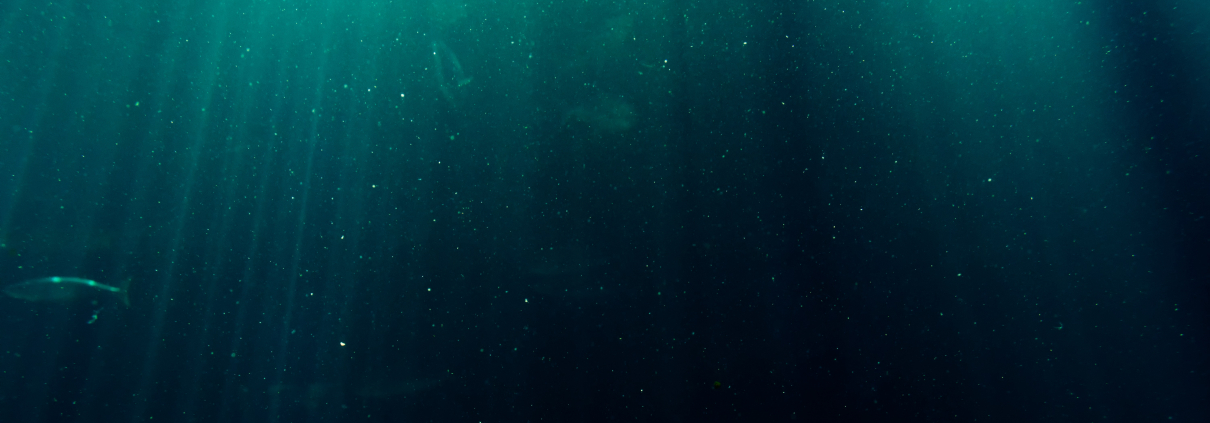 Source: https://www.pexels.com/
Source: https://www.pexels.com/



